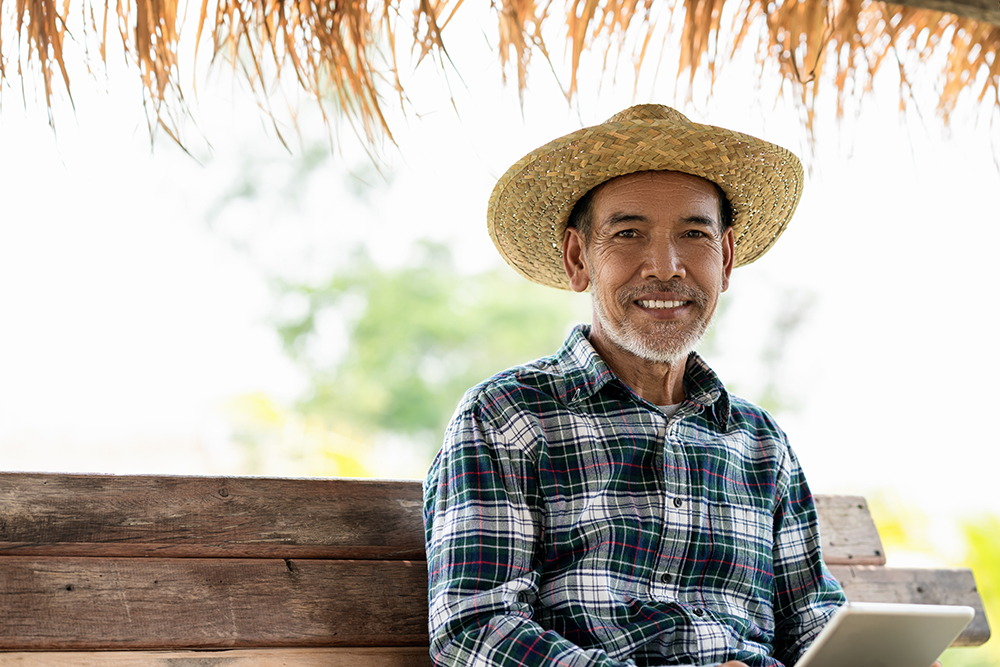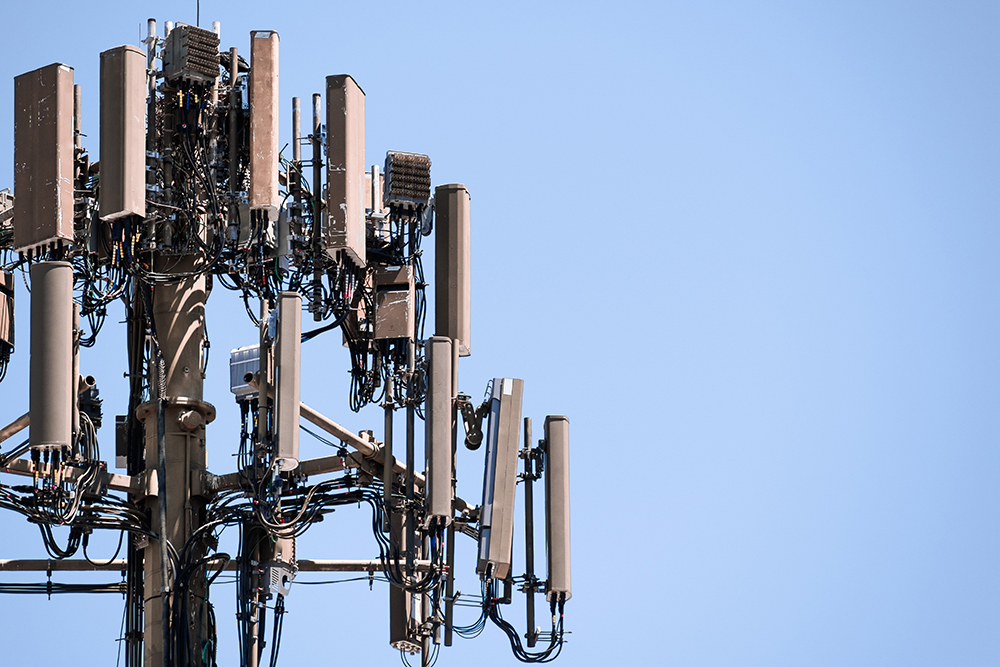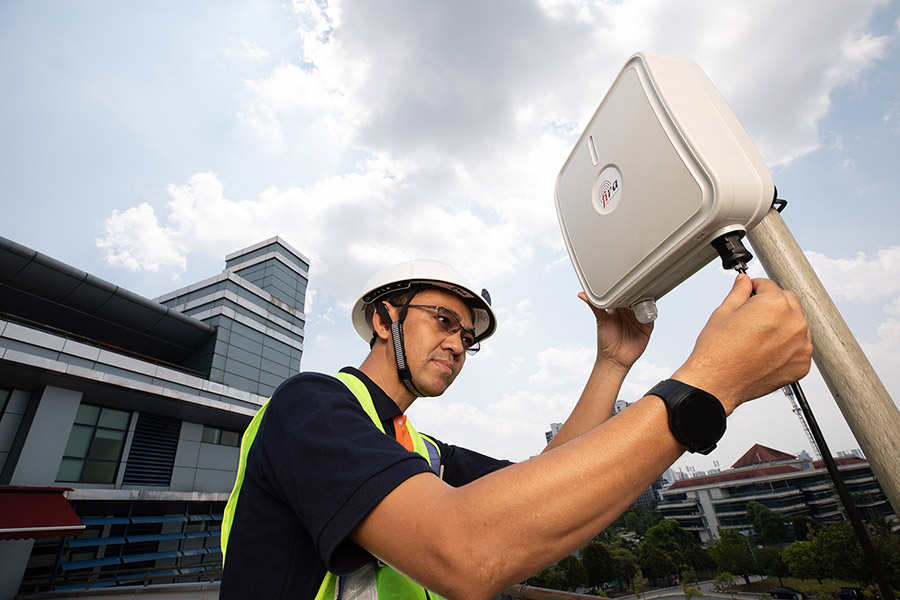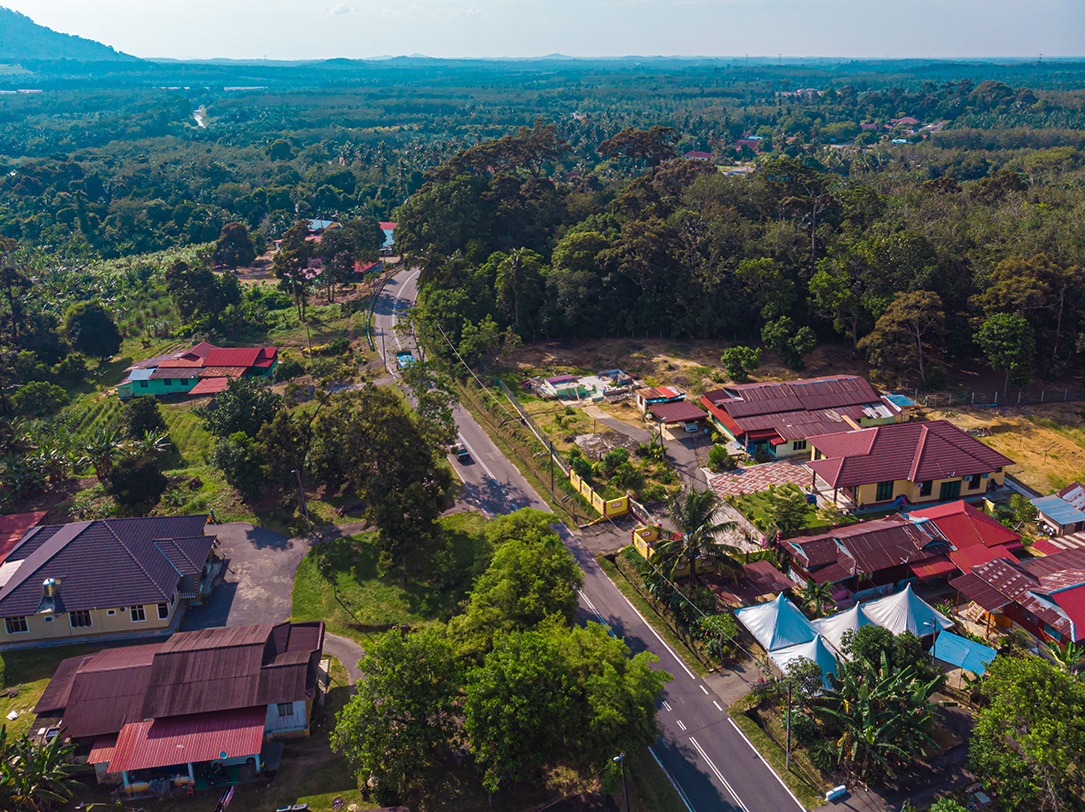Bridging the Digital Divide
Digital divide has been a long-standing issue in Malaysia. The gap between those who have access to the internet and those who don’t have widened considerably in recent years, with many in rural areas and low-income families unable to afford the high cost of connectivity.
According to a Brookings Institution report, “Bridging the Global Digital Divide” aside from affordability, the lack of digital literacy, and the absence of relevant content and services in local languages contribute to the reasons behind the digital divide. In rural areas and low-income communities, many families don’t even have access to a computer, let alone high-speed internet at home.

The digital divide has serious consequences for individuals and society, creating barriers to education, employment, and government services
Based on the e-Conomy SEA 2021 report by Google, Temasek and Bain & Company, Malaysia has added about 3 million new digital consumers since the start of the pandemic. In a world where technology is a defining element of education, the digital divide has serious consequences for individuals and society, creating barriers to education, employment, and government services. Unfortunately, due to the pandemic, the impact on the digital divide has been tremendously magnified.
Digital Inclusion: The way forward
It is important to push for digital inclusion with the goal of ensuring all individuals have meaningful access to and use of digital technologies.
One of the national aspirations for Malaysia by 2025 is to have 100% 4G LTE mobile coverage in populated areas. However, MCMC's Internet Survey 2020 shows that there are 75.6% internet users in urban and populated areas while rural has only 24.4%. This just shows a worrying trend of digital inclusion.
According to a recent report, Prime Minister Datuk Seri Ismail Sabri Yaakob said that Malaysia has the capacity and capability to achieve 100% per cent digital inclusivity, especially among the vulnerable communities, in its effort to bridge the digital divide.
As a result, the government has taken a number of steps to encourage digital development in Malaysia. It has invested in digital infrastructures, such as faster internet and other digital applications that can be expanded.

The Malaysian government has invested in digital infrastructures, such as faster internet and digital telephone connections, to expand access
One of the government’s efforts to enhance and expand the development of digital infrastructure is by introducing Jalinan Digital Negara (JENDELA) and under the 12th Malaysia Plan (2021-2025) this joint collaboration between & telecommunications operators in Malaysia is aimed at bridging the digital gap and raising Malaysian’s economic status as well as advance the country’s socio-economic progress.
Through JENDELA, the government intends to utilise Fixed Wireless Access (FWA) and other fit-for-purpose technologies to address further gaps in the digital divide.
Fixed Wireless Access: The answer to the connectivity issue
Undeniably, the demand for higher internet speed, improved Quality of Experience (QoE) and national target for broadband penetration rate, has opened up new opportunities for wireless broadband technology to fill the gap. To increase the internet penetration in rural areas, implementing 4G/5G FWA would be a good idea because it helps operators avoid the high cost of broadband deployment while delivering ultra-high-speed broadband to suburban and rural areas, supporting home and business applications where fibre is prohibitively expensive to lay and maintain.
Fast Internet for Rural Area (FIRA) is an innovative FWA solution developed by TM R&D that provides a cost-effective and fast roll-out of high-speed broadband. This solution is targeted at customers located in the rural and suburban areas with low populations and other technologies that are either way too complex or too expensive to deploy.

FIRA is an innovative FWA solution that provides a cost-effective and fast roll-out of high-speed broadband for customers located in the rural and suburban areas with low populations
FIRA CPE leverages the available 4G LTE signal even for sites that are out of normal coverage and can even capture very weak LTE signals from far towers that were previously impossible with indoor FWA and mobile devices due to its built-in high gain directional MIMO antenna.
FIRA’s setup and deployment are time-efficient and do not involve any major changes in the network strategy. Hence, operators can avoid greenfield sites in rural areas, minimize deployment risk and maximize ROI. This will eventually help broadband service providers to save CAPEX and OPEX.
Moreover, FIRA offers simultaneous double connections to 4G FDD (Frequency Division Duplex) and also allows a combination of FDD and TDD (Time-Division Duplex) networks. This solution is very appealing to operators with a limited spectrum license of 4G bands. Dual connectivity with load balancing can specifically benefit 4G TDD operators by complementing the uplink limited TDD capacity with 4G FDD uplink resources. By having this feature, the service provider can guarantee a better Quality-of-Service to end customers.
FIRA comes with an intuitive mobile app for the authorised installers to optimise FIRA installation at the customer premise. The mobile app also provides an on-site guideline to align the FIRA CPE in the best direction. The alignment can be based on the nearest or nearby eNodeB (eNB) provided by the service provider. In addition, FIRA CPE direction can be tuned-based on the preferred cell, signal strength and quality level displayed by the mobile app. Lastly, a built-in speed test is available for the installers to verify the available throughput for user acceptance.
The FIRA portal provides a remote monitoring dashboard that can be used to view the CPE locations, online status, historical trend of network attachment and received signal level with signal quality.
Breaking the tech barriers
Recently, FIRA bagged an award at the Malaysia Technology Excellence Awards 2022 presented by Singapore Business Review. In addition to that, FIRA was successfully deployed for proof-of-concept (POC) in Malacca back in July 2020. The results showed that the solution was able to provide speed improvement on the download and upload link compared to the user’s existing broadband subscription.

FIRA was successfully deployed for proof-of-concept (POC) in Malacca back in July 2020
The current success of FIRA is that there is a great need for digital inclusion to happen now rather than later. There will come a time in the future when access to broadband is a significant key for any individual to survive whereas the lack the broadband infrastructure necessary will be a hurdle for them to fully participate economically, academically and recreationally.
TM R&D will continue to push the tech barriers in order to provide digital inclusions regardless of location or age. Beyond access to technology, the company aims to empower businesses towards digital transformation in addition to expanding themselves beyond connectivity and into smarter digital ecosystems.

